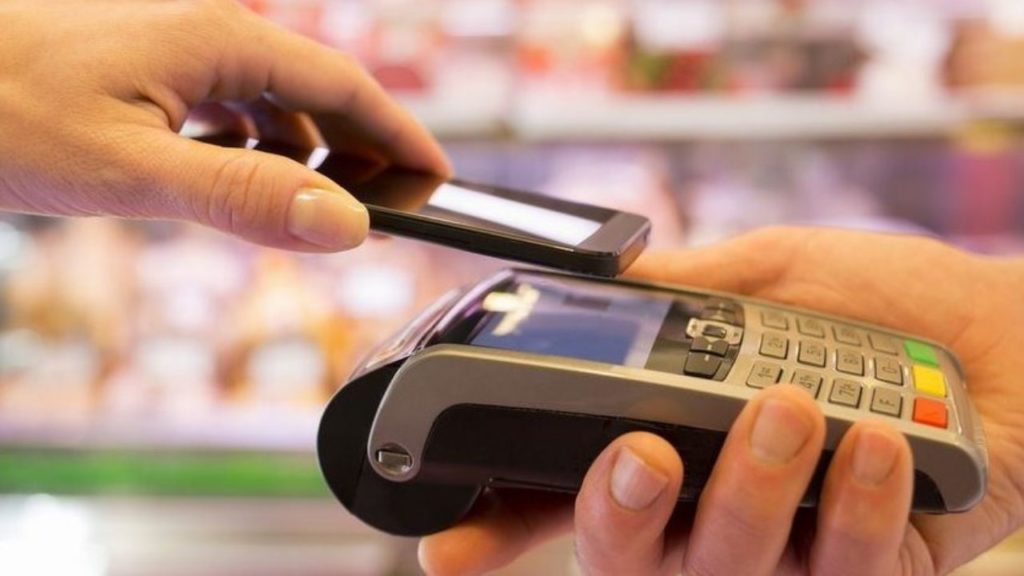India Beats China, Germany In Banking, Digital Payments: More Banks, More e-Payments

In a report drafted by Soumya Kanti Ghosh, the group chief economic adviser at the country’s largest lender, State Bank of India (SBI), released on the fifth anniversary of the note ban, India has beaten China and is now ahead of it in terms of financial inclusion metrics, the policies and reforms made in which has had a multiplier effect on the economic growth of the country.
As per the report, states with more bank accounts have witnessed a proportional reduction in crime rates, along with a meaningful drop in consumption of alcohol and tobacco.
Number of Digital Transactions Meteor in 5 Years
India’s position ahead of China in terms of financial inclusion metrics have zoomed, backed majorly by a meteoric spike in the number of mobile and internet banking transactions, which have risen to 13,615 per 1,000 adults in 2020, as compared to only 183 in 2015.
In the past 7 years, the count of new openings of no-frills bank accounts have touched 43.7 crore with Rs 1.46 lakh crore in deposits, as of October 20, 2021, states the report.
Of these high volume account numbers, about ? are operating in rural and semi-urban areas, more than 78% are with state-owned banks, and only 3% are opened by private sector banks.
Also, the number of bank branches in rural areas have risen from 33,378 in March 2010 to 55,073 in December 2020, while the number of banking correspondents (BCs) have jumped to 12.4 lakh in December 2020 from 34,174 in March 2010.
PM Jan-Dhan Yojana Boosts the Count of Bank Branches
As per the SBI report, Pradhan Mantri Jan-Dhan Yojana, in conjunction with reformations made in the digital infrastructure and usage of BC model have increased the number of bank branches per 1 lakh adults in the country to 14.7 in 2020 from 13.6 in 2015.
This number is higher than the counterparts in Germany, China and South Africa.
“India has stolen a march in financial inclusion with the initiation of PMJDY accounts since 2014, enabled by a robust digital infrastructure and also careful recalibration of bank branches and thereby using the BC model judiciously for furthering financial inclusion. Such financial inclusion has also been enabled by use of digital payments as between 2015 and 2020, mobile and internet banking transactions per 1,000 adults have increased to 13,615 in 2019 from 183 in 2015”, states the report.

Comments are closed, but trackbacks and pingbacks are open.